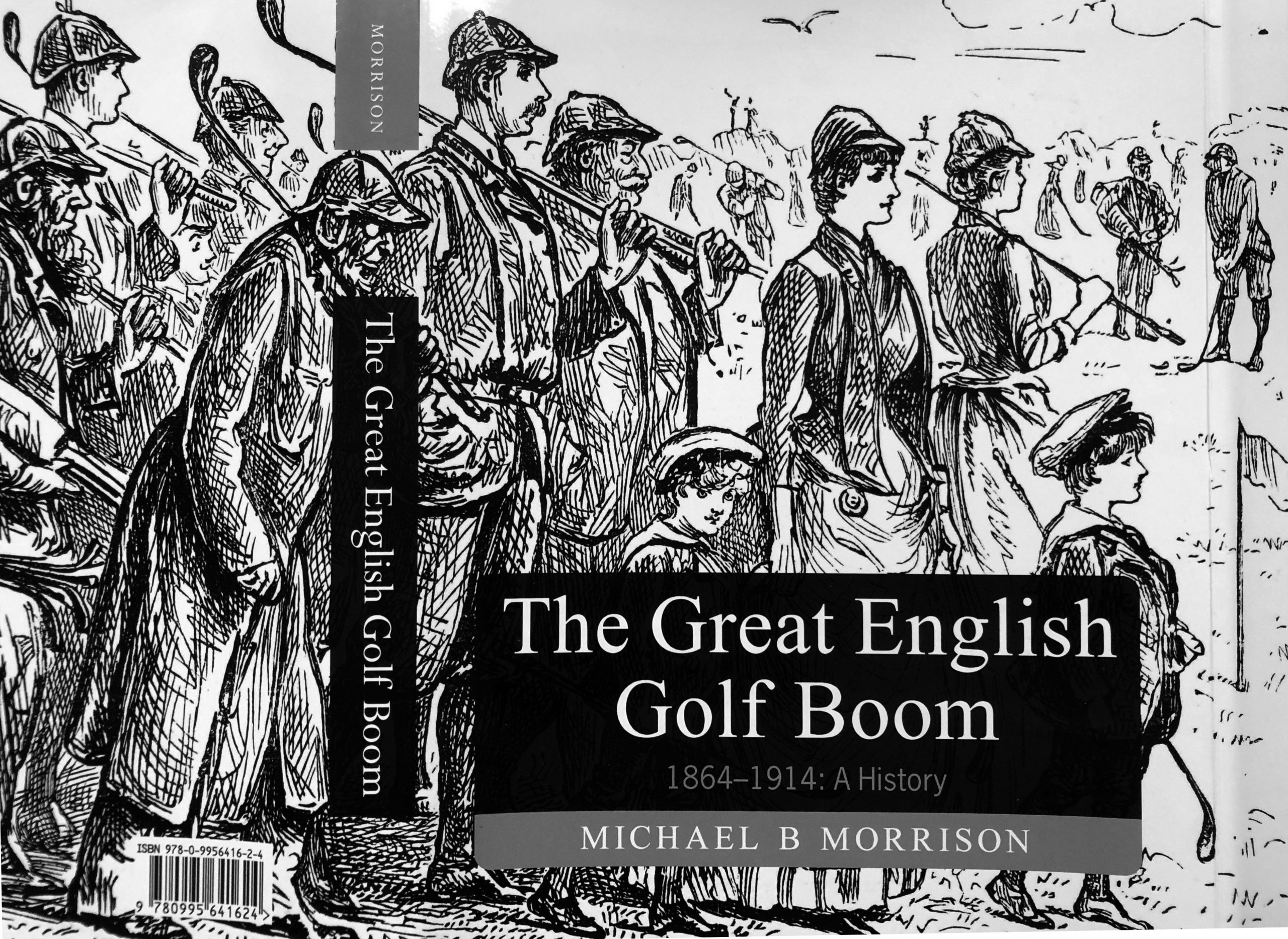A new book explains how, where and why golf took off in England in the late 19th century.
Not many books on sport are written about who came second, but that is what this one is about. England was the second country in the world to take to golf in a significant way. It did not catch on quickly – golf had been played in Scotland for centuries with virtually no interest expressed in it south of the border. In the mid-19th century, by which time golf was acknowledged as the national sport of Scotland, the English remained stubbornly unmoved by the game, with the distinct possibility that it might not gain traction there at all.
Even when other sports such as football, cricket, rugby and tennis were taking off in England in the 1870s, golf was still only played by a small minority in a scattering of places around the country. Eventually interest in golf began to grow and by the end of the 1880s there were a hundred clubs in England, still less than in Scotland, which had only one-sixth of the population.
“England quickly overtook Scotland as the country where most golf was played”
But then the great boom happened. Between 1890 and the commencement of the First World War, 1,200 golf clubs came into existence in England. Put another way, one new club was formed nearly every week for a quarter of a century. In the process, England quickly overtook Scotland as the country where most golf was played. This was not just a well-timed sprint, the resilience of these clubs has been quite remarkable – there are over 750 of them still in existence and they account for nearly half of all the golf clubs in England today.
Over a hundred years have passed since this dramatic boom took place. It is surprising that it has received such limited attention. Perhaps one reason for this is the commonly held belief that the emergence of golf in England was simply an expansion of the game out of Scotland caused by the same underlying factors, in particular, the growth of the railways. But golf took a very long time to catch on south of the border, so there were other factors – not least that it was a novelty and almost everyone was a beginner.
There is a lingering perception that golf in England during the late Victorian/Edwardian period was largely the preserve of the upper and upper-middle classes, a game played by those with money, influence and ample leisure time. This appeared in stark contrast to golf in Scotland, always enjoyed by a wide cross-section of society. Newspaper archives and fading photographic evidence, particularly from the Edwardian era, portray scenes of affluent clubs sprouting up around London with their magnificent heathland courses, their grand clubhouses and red-coated golfers. PG Wodehouse embellished these images in the early 1920s with his amusing tales of entitled men of independent means finding solutions to life’s myriad problems out on the golf course. It is an impression that sticks.
But is it representative? With over a thousand golf clubs having come into existence in such a short period of time, they could not all be of this character. Many clubs were of more modest standing, set up in small towns, playing on rudimentary nine-hole courses on muddy pasture land. So, it was not just the upper-middle classes. Golf percolated down to the lower-middle classes and even, in places, was played by the working classes.
“The formation of the Ladies Golf Union in 1893 was a decisive moment”
Another perception we have of those times is that English golf clubs were male bastions, mirroring the gentlemen’s clubs of that era, filled with clubbable fellows and that ‘men-only’ golf clubs were the norm rather than the exception. To the extent that ladies played golf, they have traditionally been viewed as a small minority, consisting of the wives of the wealthy gentlemen members, cosseted away in segregated facilities at their clubs. But was this so? They were certainly restricted, not just by the clothes they wore, but on the days and times when they could play golf. However, the formation of the Ladies Golf Union in 1893 was a decisive moment. Women’s golf had a national body to organise championships, establish handicaps and to encourage their participation. Evidence suggests that their number grew greatly, which had the impact of changing golf clubs from being traditional male preserves into more mixed social clubs.
The book sets out to answer a number of key questions concerning this extraordinary epoch. Why did it take so long for golf to catch on in England? What triggered the boom? How did golf spread around the country? Who were the golfers and where did they come from? And, most fundamentally of all, why did this great boom happen when it did? In a series of articles, I will examine a number of themes, including golf and the railways, seaside links and inland golf, golf in cities and small towns, the affordability of golf, the growth of women’s golf and the emergence of golf-course architecture.







